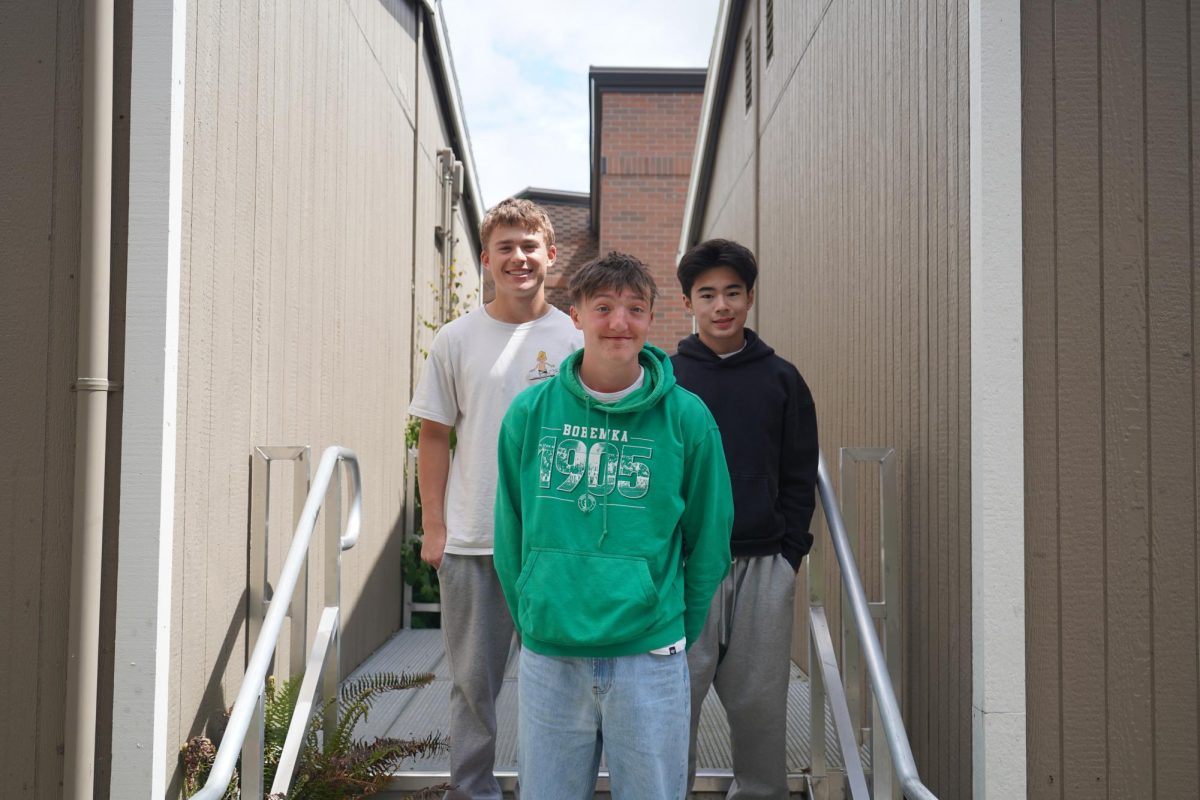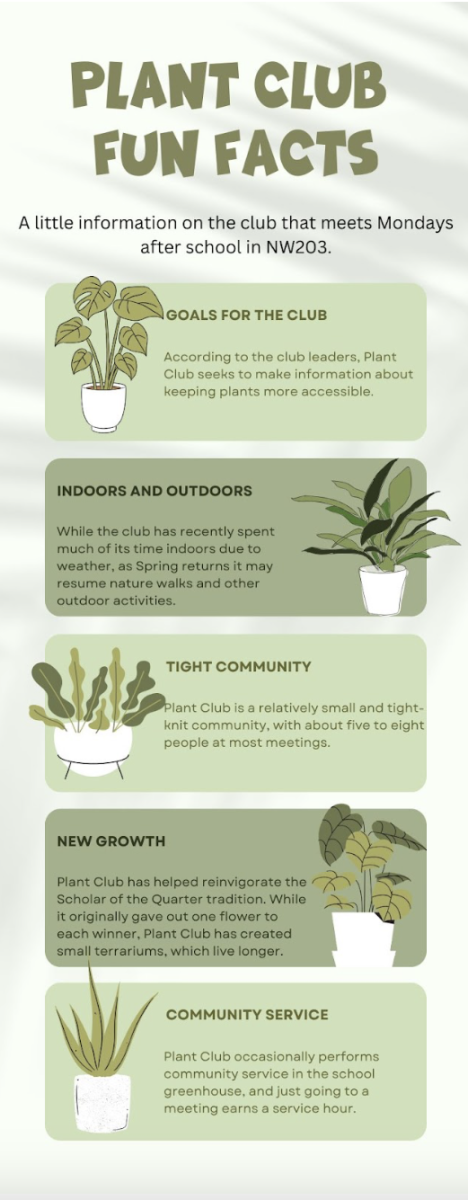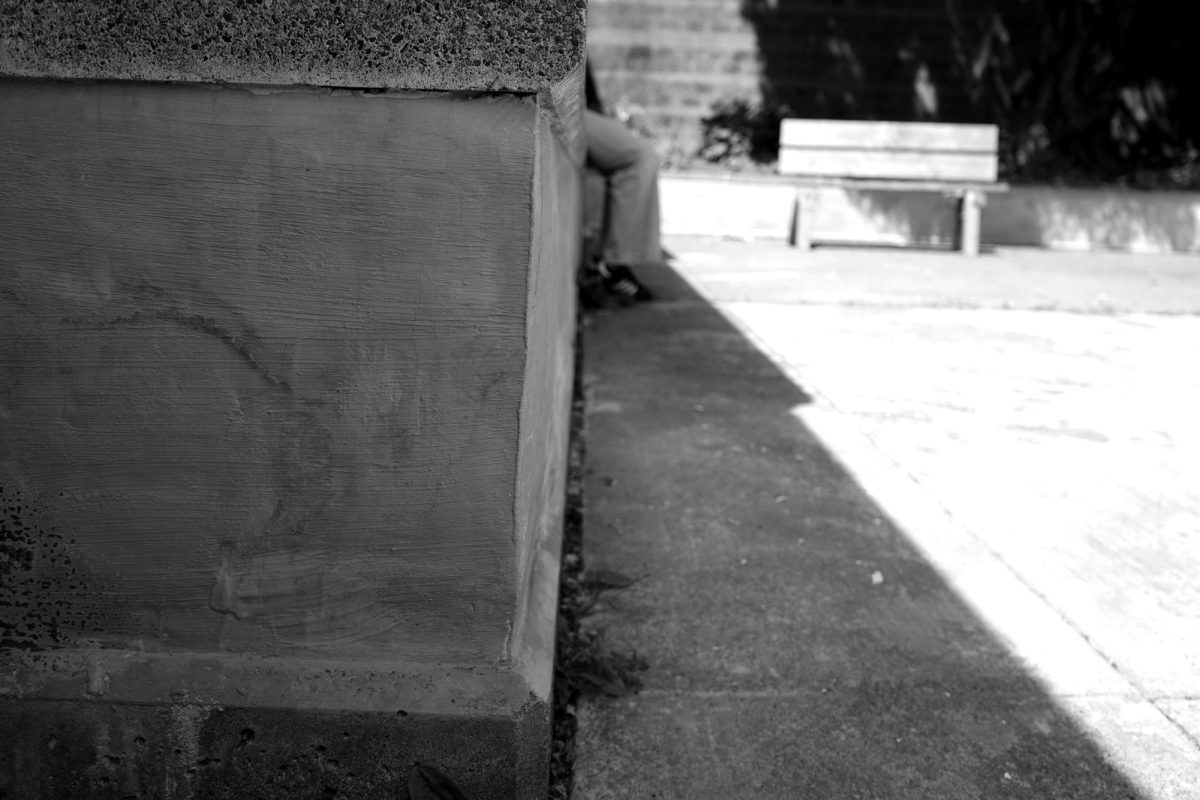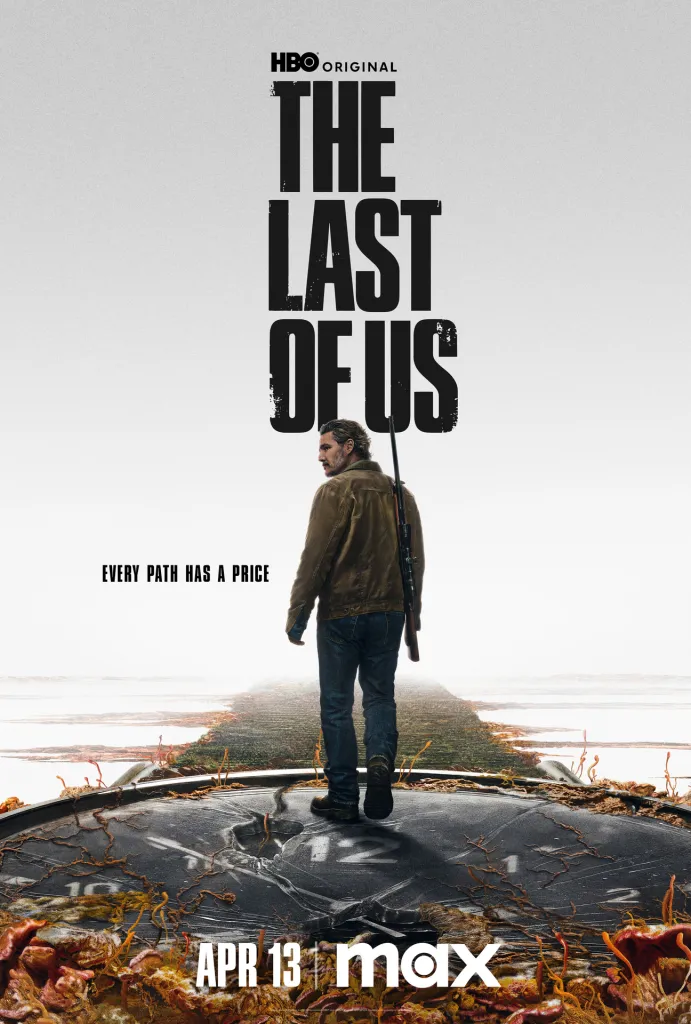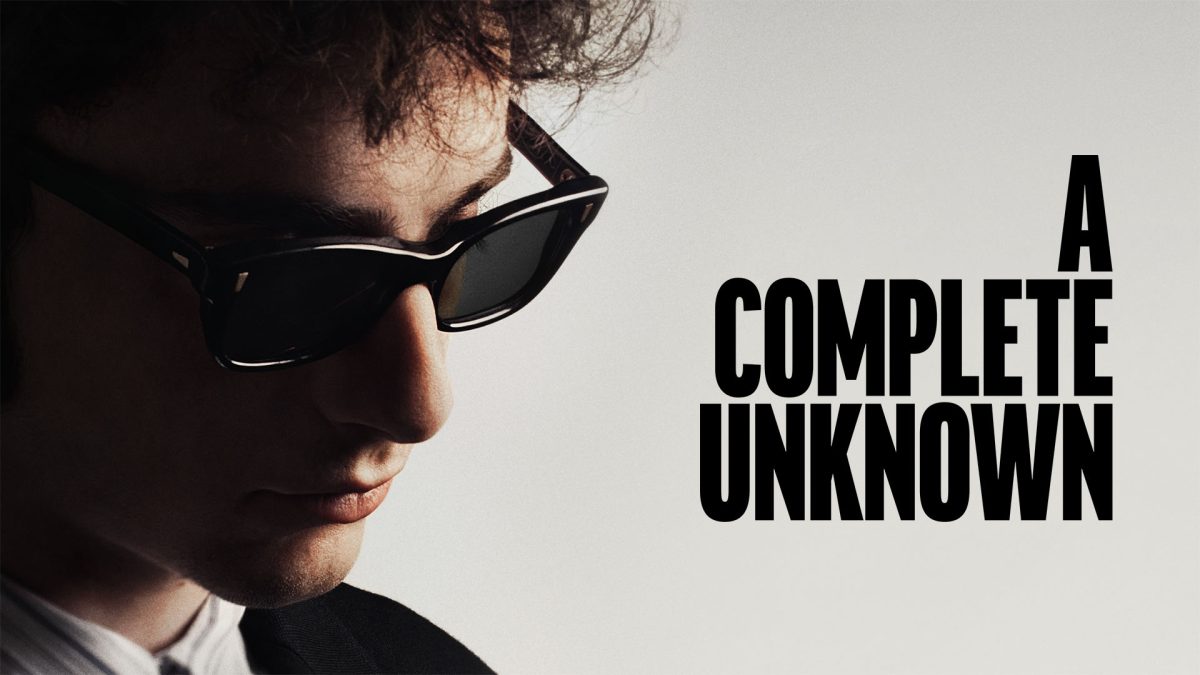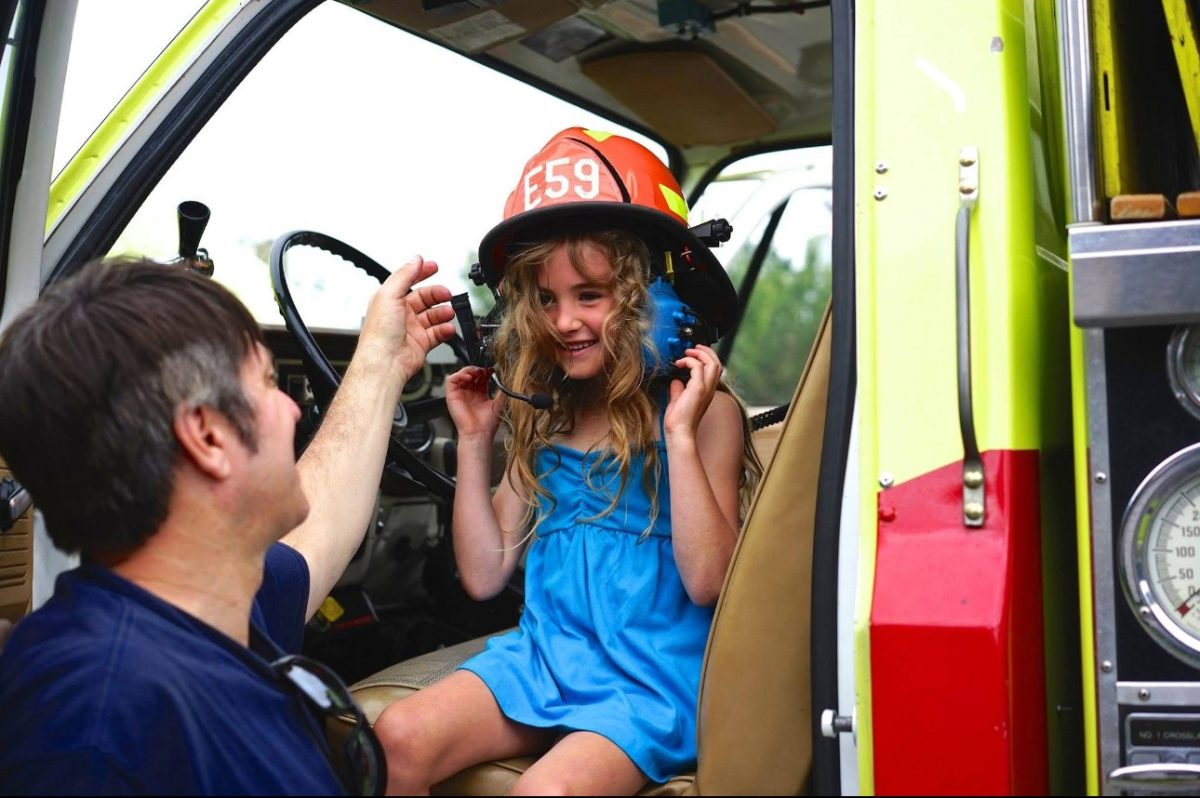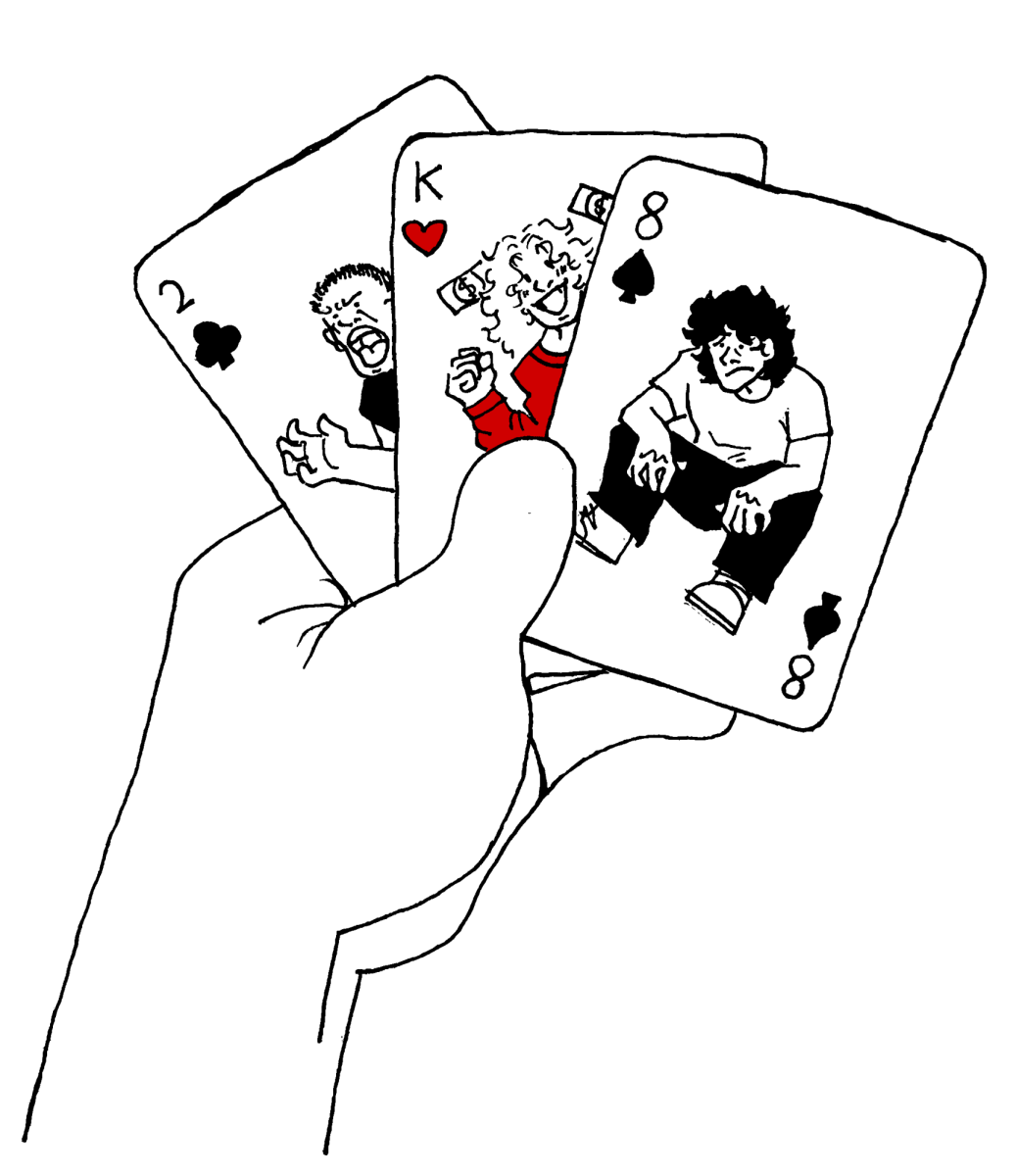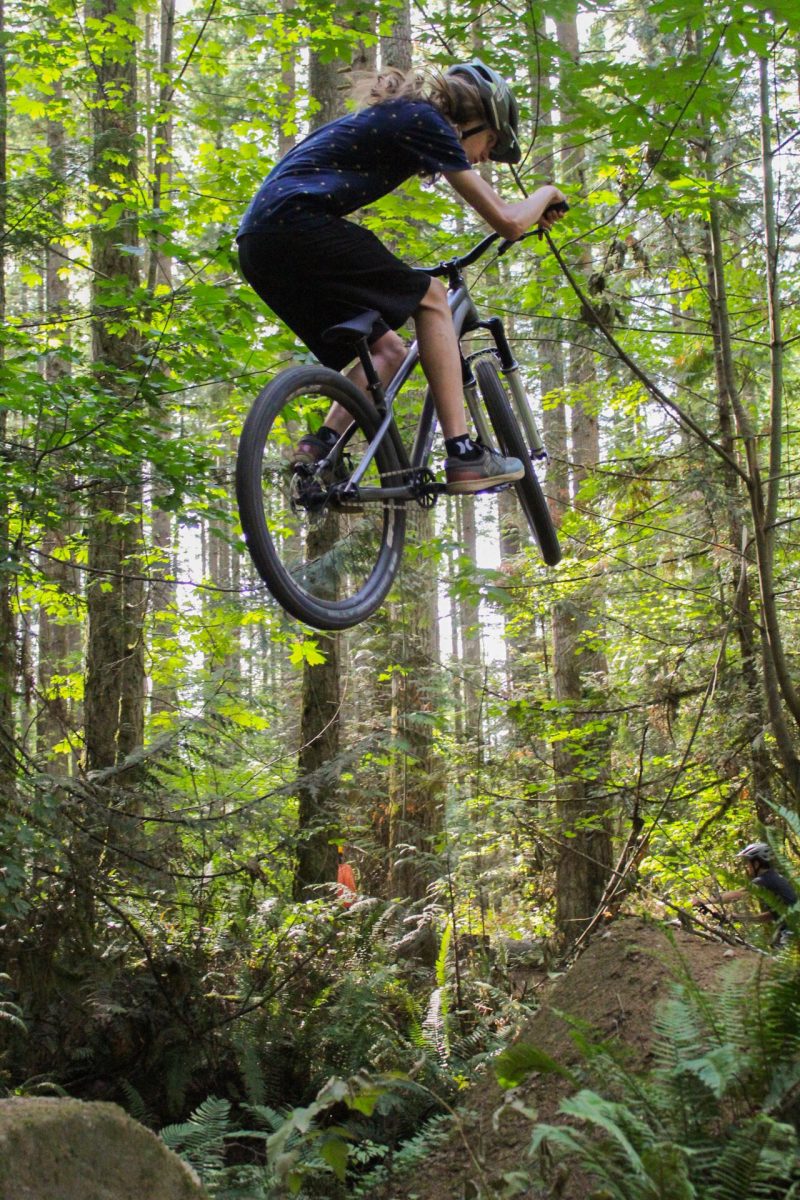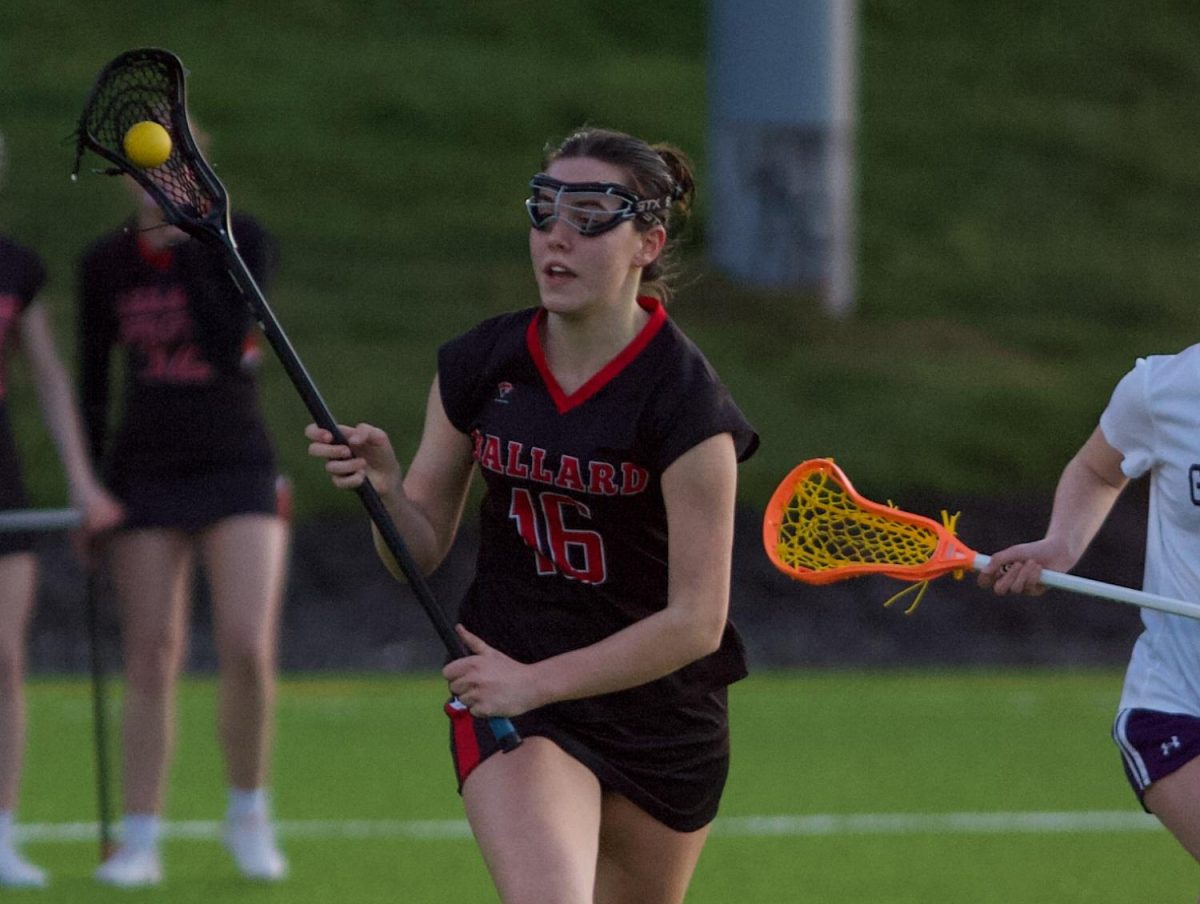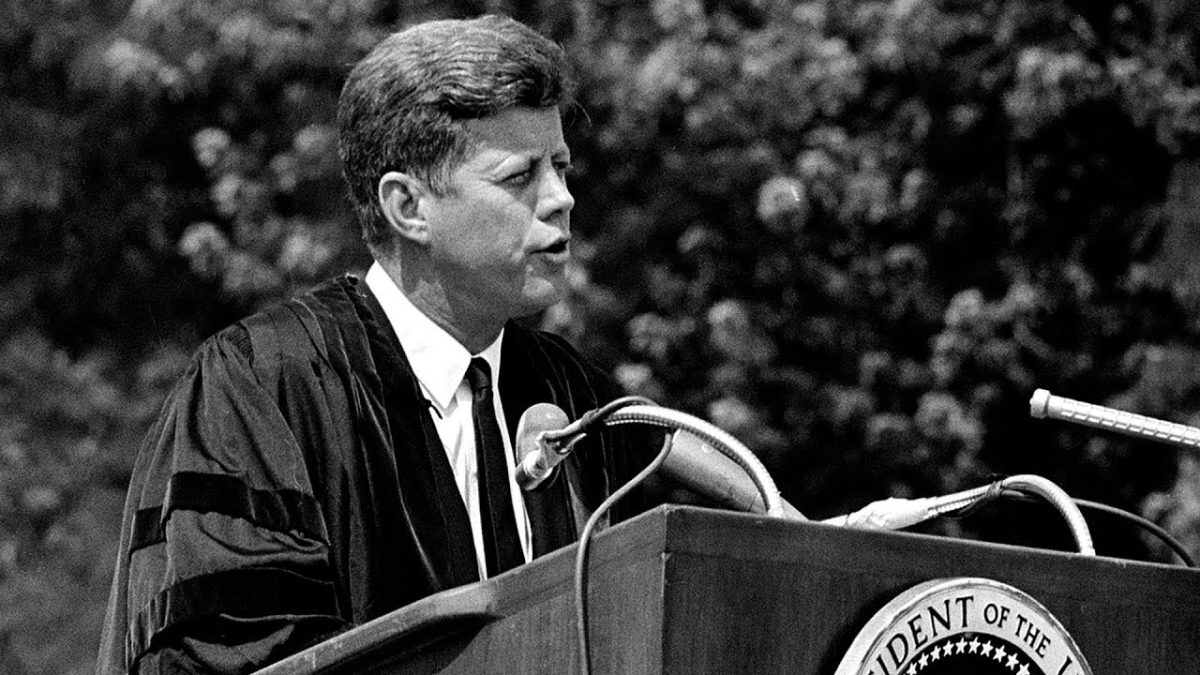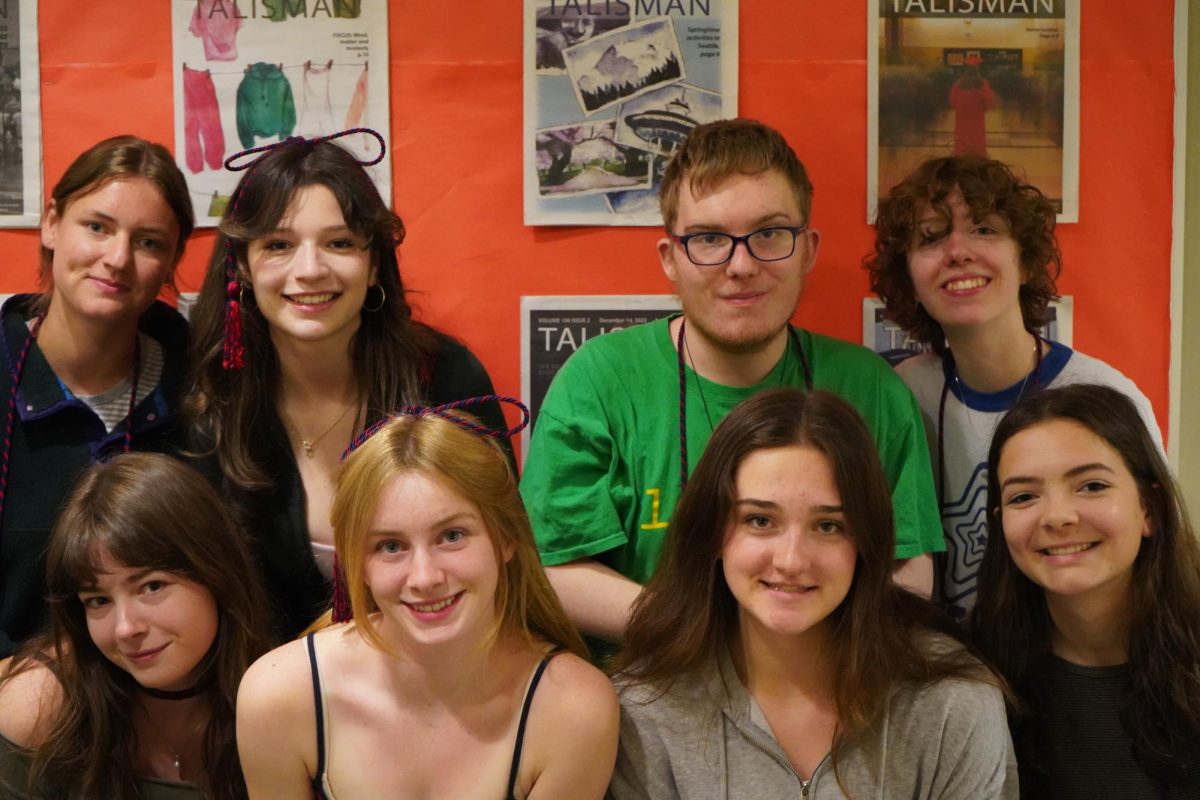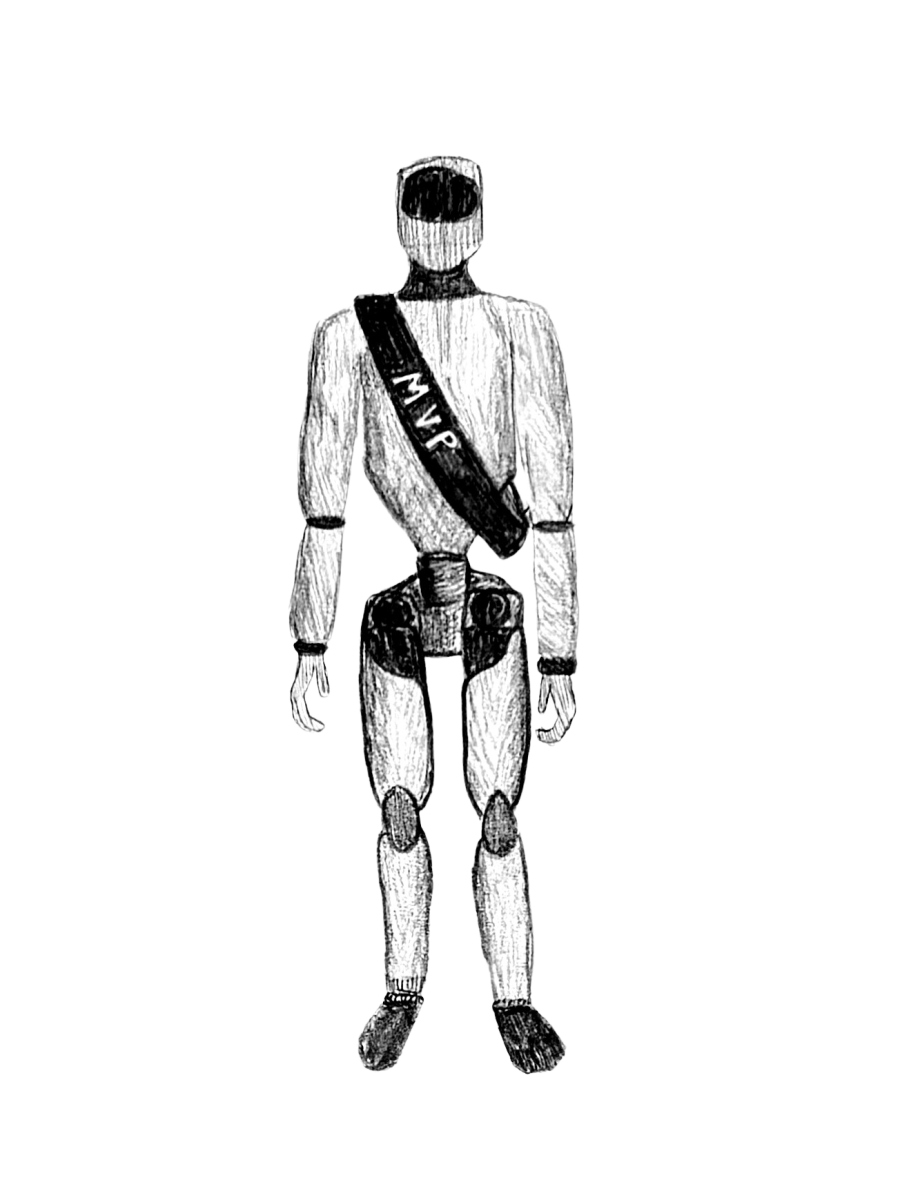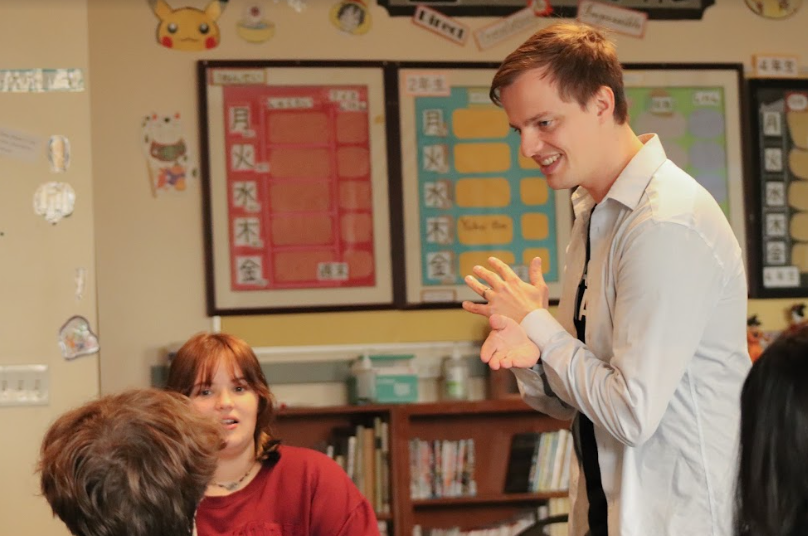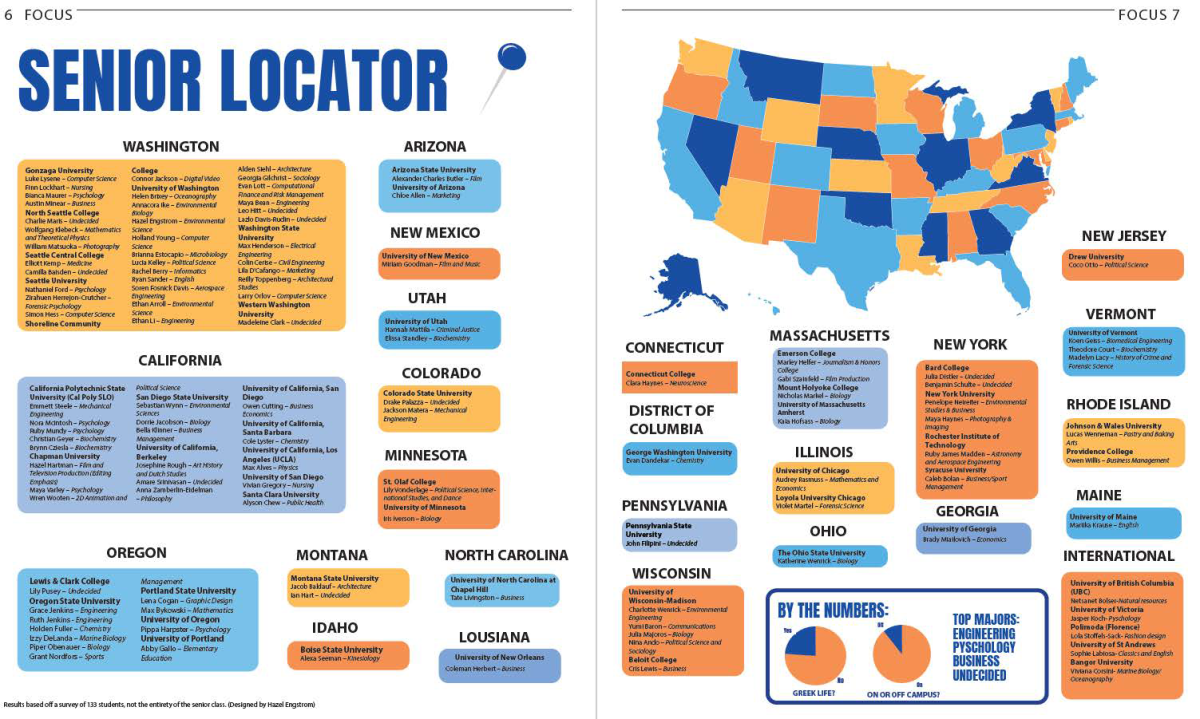Conversations without contact: COVID-19’s disruption of language classes
Students and teachers reflect on their experiences of taking or teaching language classes remotely
Tommy Ager earned his Master’s degree during the pandemic before teaching Japanese.
November 7, 2022
It’s common to find articles in the newspaper about how socially arduous COVID-19 was or how draining it was to stay focused in remote learning.
However, there’s one topic that isn’t talked about as often, but that many students and teachers had to deal with during the pandemic; remotely learning a language.
Now, nearly two years after Seattle Public Schools initially shut down because of COVID, students at Ballard are back to learning in immersive Spanish, French and Japanese classrooms. However, COVID has had a lasting effect on language classes.
“Last year for so many students was extraordinarily stressful,” Eileen Yardley, Spanish teacher and world language department head, said. “Students were feeling a little behind, and they didn’t speak a lot and they didn’t write a lot. The learning curve changed during the pandemic.”
Yardley had to make changes last year to keep students on track with the class’s curriculum.
“For teachers, too, it was stressful, because we had to figure out where the kids were and meet them where they were,” Yardley said.
Yardley shares that the lively, engaging aspects of a language class were difficult to retain online.
“To make an exciting world language class, it should be loud and full of different activities,” Yardley said. “And we [typically] move a lot, we read and draw and speak and listen … That did not work as well in the remote setting.”
Currently a student in Spanish 4, junior Danny Pottharst faced similar challenges during remote learning.
“When you’re in-person, it’s a lot easier to practice speaking, and speaking was often the hardest thing for a lot of people,” Pottharst said. “But when we were online, it was just not the same.”
Now a sophomore, Lillian Hethcote has only dealt with an online language class in middle school. But she, like many other students, had a strenuous experience.
“It was very detached,” Hethcote said. “It was hard to understand the material well.”
Ballard’s new Japanese teacher, Tommy Ager, had a unique experience with COVID: He has been both a student and a teacher during the pandemic. He received his Masters of Education online, then completed a year of student teaching at Chief Sealth High School before becoming a teacher at Ballard in 2021.
“I had no frame of reference for teaching before COVID,” Ager said. “Doing my student teaching with all of us wearing masks, having to be six feet apart at all times – it was definitely kind of limiting in what we could do.”
Ager found remote learning lacking some of the important aspects of teaching.
“Learning and teaching is supposed to be kind of a social thing,” Ager said. “We were definitely all very starved for each other’s company when we all finally got together.”
However, Ager found the experience to have some upsides as well, both as a student at the University of Washington and as a teacher at Ballard.
“It was also sort of a weird bonding experience too,” Ager said.
His unique experience gave him a fresh perspective and understanding on teaching youth.
“I feel very lucky to have been in the program I was in at the [University of Washington], and remembering what it’s like to be a student on the receiving side of things,” Ager said. “I feel like I have more sympathy for students that are maybe checked out or not totally present on a given day.”
Now that students and teachers have gone back to the building, the vibrant energy of world language classes is beginning to return.
“Language learning, in my opinion, should be fun. It’s communicative, and who doesn’t like to communicate?” Yardley said.
Being back in the classroom has allowed Yardley to develop her own class’s culture.
“We relax and we try to create a place where mistakes are so appreciated, where you’re pushing yourself,” Yardley said. “In order to do that, you have to create a very welcoming and nice [environment], and it has to be centered on justice and equity.”
Moving out of the isolation of the pandemic has been relieving for students and teachers alike.
“There’s more flexibility in what we can do in the classroom,” Ager said. “Being able to have masks down and still feel safe and being able to play games and have the desks in clusters – it helps a lot.”
And students feel this way, too.
“It has been nice, even if it’s kind of socially awkward speaking in another language,” Pottharst said. “It’s been nice to have more opportunities to speak to people [in class].”
Heading into this year, the strains of COVID will not be forgotten.
“There are still repercussions from the pandemic,” Yardley said. “That will go on for a couple of years.”
But the larger importance of language in society overrides its setbacks from COVID.
“I think everyone should take a world language,” Yardley said. “I think the world is global, and we need to be global citizens.”

